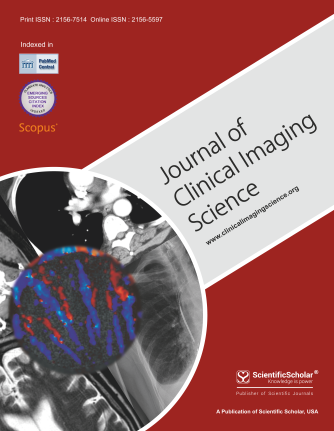
Evaluating artificial intelligence’s role in lung nodule diagnostics: A survey of radiologists in two pilot tertiary hospitals in China
Hadi Kharrazi, Weiqi Liu, You Wu, Zhuozhao Zheng, Wei Yu, Mark Bittle
This study assesses the perceptions and attitudes of Chinese radiologists concerning the application of artificial intelligence (AI) in the diagnosis of lung nodules.
Material and Methods: An anonymous questionnaire, consisting of 26 questions addressing the usability of AI systems and comprehensive evaluation of AI technology, was distributed to all radiologists affiliated with Beijing Anzhen Hospital and Beijing Tsinghua Changgung Hospital. The data collection was conducted between July 19, and 21, 2023.
Results: Of the 90 respondents, the majority favored the AI system’s convenience and usability, reflected in “good” system usability scale (SUS) scores (Mean ± standard deviation [SD]: 74.3 ± 11.9). General usability was similarly well-received (Mean ± SD: 76.0 ± 11.5), while learnability was rated as “acceptable” (Mean ± SD: 67.5 ± 26.4). Most radiologists noted increased work efficiency (Mean Likert scale score: 4.6 ± 0.6) and diagnostic accuracy (Mean Likert scale score: 4.2 ± 0.8) with the AI system. Views on AI’s future impact on radiology careers varied (Mean ± SD: 3.2 ± 1.4), with a consensus that AI is unlikely to replace radiologists entirely in the foreseeable future (Mean ± SD: 2.5 ± 1.1).
Conclusion: Radiologists at two leading Beijing hospitals generally perceive the AI-assisted lung nodule diagnostic system positively, citing its user-friendliness and effectiveness. However, the system’s learnability requires enhancement. While AI is seen as beneficial for work efficiency and diagnostic accuracy, its long-term career implications remain a topic of debate.
Liu, W., Wu, Y., Zheng, Z., Yu, W., Bittle, M. J., & Kharrazi, H. (2024). Evaluating artificial intelligence’s role in lung nodule diagnostics: A survey of radiologists in two pilot tertiary hospitals in China. Journal of Clinical Imaging Science, 14.
